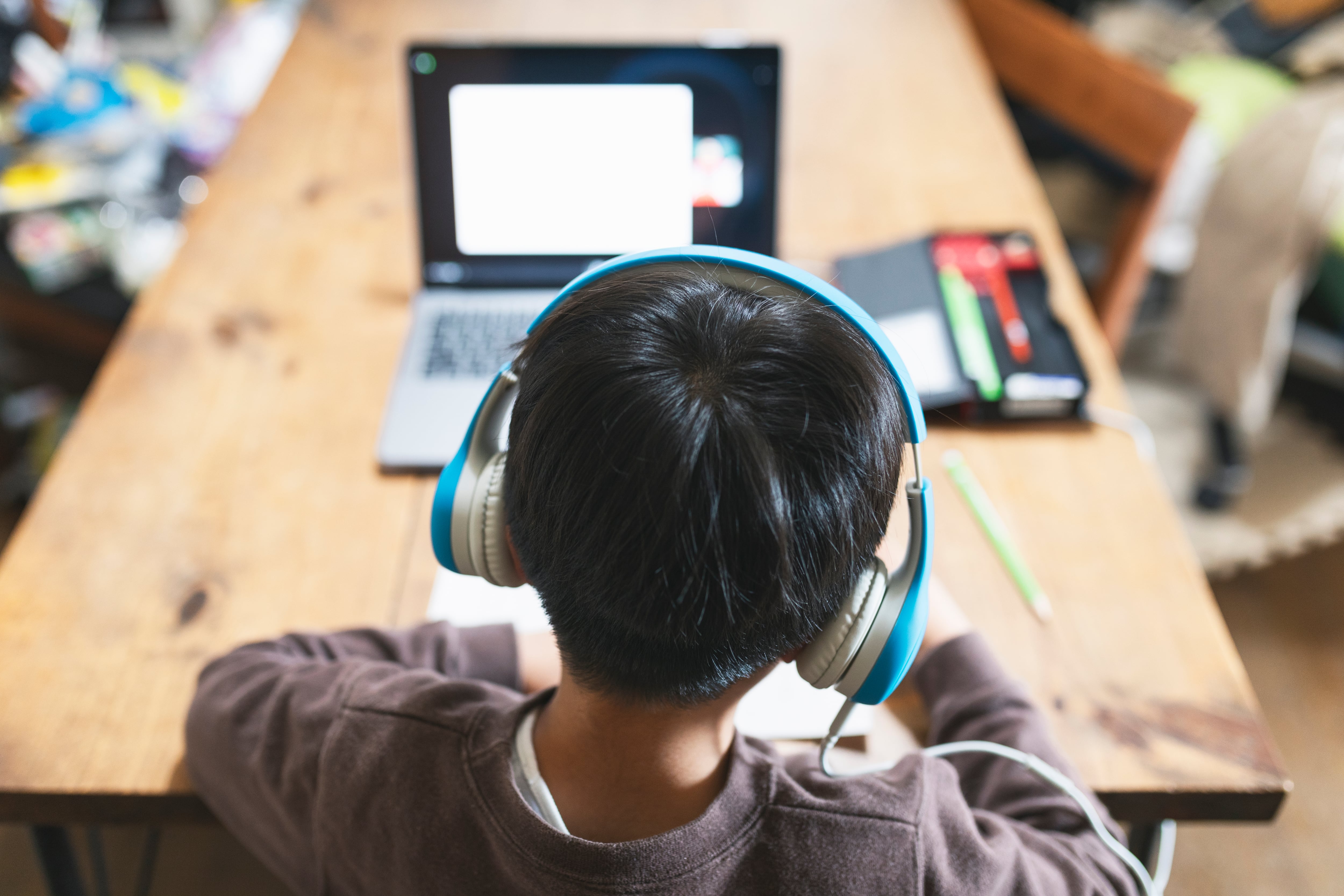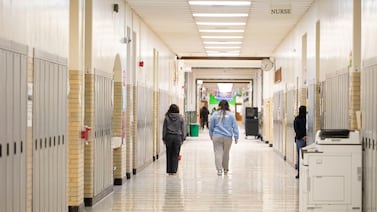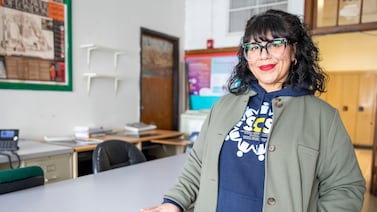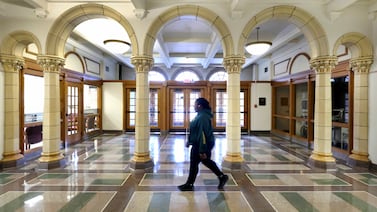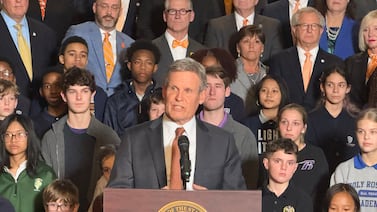When school starts this week, New York City students will log into virtual classrooms needing plenty of additional support. But many schools will find themselves far short of the number of teachers needed to provide it.
Meanwhile, college students studying to become teachers need internship experience that has become hard to get, while campuses will open at only a fraction of their capacity because of the ongoing COVID-19 pandemic.
A group of parents from Manhattan’s District 2 is chipping away at all those problems this fall, by connecting local public schools with teacher training programs to offer virtual pods for students most at risk of falling behind. With student teachers from a handful of local colleges — Pace, Columbia Teachers College, SUNY and Fordham — the initiative aims to provide live support for 1,000 children from three schools every day they are learning online.
“All over the country, people with money have been hiring tutors for small pods — some in person, some online,” said Natalie Lukas, director of the SUNY Urban Teacher Education Center, one of the participating partners. “The students who are most challenged and need it the most are left out of the equation, so we see this as a way of building equity.”
The partnership can’t solve the real problem of childcare for working families — under the city’s hybrid model, most students will only be going to school up to three days a week, and learning online the rest of the time. But it is a creative, home-grown solution to fill gaps that became evident this spring, when students were often left to navigate their own virtual learning.
Participating schools — P.S. 33 in Chelsea, and P.S. 111 and P.S. 51 in Hell’s Kitchen — will prioritize students who are learning English as a new language, have disabilities, are living in temporary housing, or receive public assistance. The hope is to offer multiple time slots that parents can book around their own busy schedules, while keeping virtual pods to five or six children all in the same class, and with similar needs.
The program design holds promise. Intensive, small group tutoring is particularly effective for driving big learning gains — with the big caveat that much research on the topic focuses on in-person instruction. Still, tutoring was one of the recommendations backed by some 200 education researchers as an effective way to help students make up for learning loss after last year’s unconventional — and tough — school year.
The parents behind the program’s creation — who knew each other from local advocacy serving on Manhattan’s Community Board 4 — had their own struggles with remote learning this spring. Leslie Boghosian Murphy, a member of the board, said the experience with her 7-year-old was draining.
“We’ve had many screaming matches, with slamming doors and threats and cajoling. And we heard from many parents that the same was going on with them,” Murphy said.
School work went much more smoothly when her daughter had the opportunity to interact live with her teachers. Seeing a void in creative solutions from the city, Murphy and other parents took it upon themselves to find a way to offer that experience to students more often.
“That is a huge, huge, huge difference,” she said. She added that parents, “We can’t play teachers.”
Along with fellow community board member Josephine Ishmon, Murphy set out to recruit student teachers from local colleges and universities. They found eager partners.
“When I first heard it, I thought, ‘Oh my God; that’s terrific,” said Lukas, of the SUNY Urban Teacher Education Center.
The center typically places aspiring teachers from all over the state into New York City classrooms. But in light of the pandemic, this year, “no one was coming” Lukas said. So she looked for student teachers closer to home, who already cleared background checks. (Some student teachers may also get in-person experience inside socially distanced classrooms.)
Student teachers will likely be placed with pods in October, after their mentor teachers from the three schools have had time to get to know students’ needs and thoughtfully select the small groups they’ll work in. The pods might be grouped based on their math levels, social and emotional needs, or even gender, Lukas said.
That will provide not only much-needed academic support, but also help students strike relationships — something that’s especially hard online.
“What we love with this program is the development of small cohorts, pods of several kids who cannot only be mentored by one of the student teachers but also have some kind of socialization with each other,” she said. “Our children need that. They need a certain level of closeness and togetherness, and this will give it to them.”

